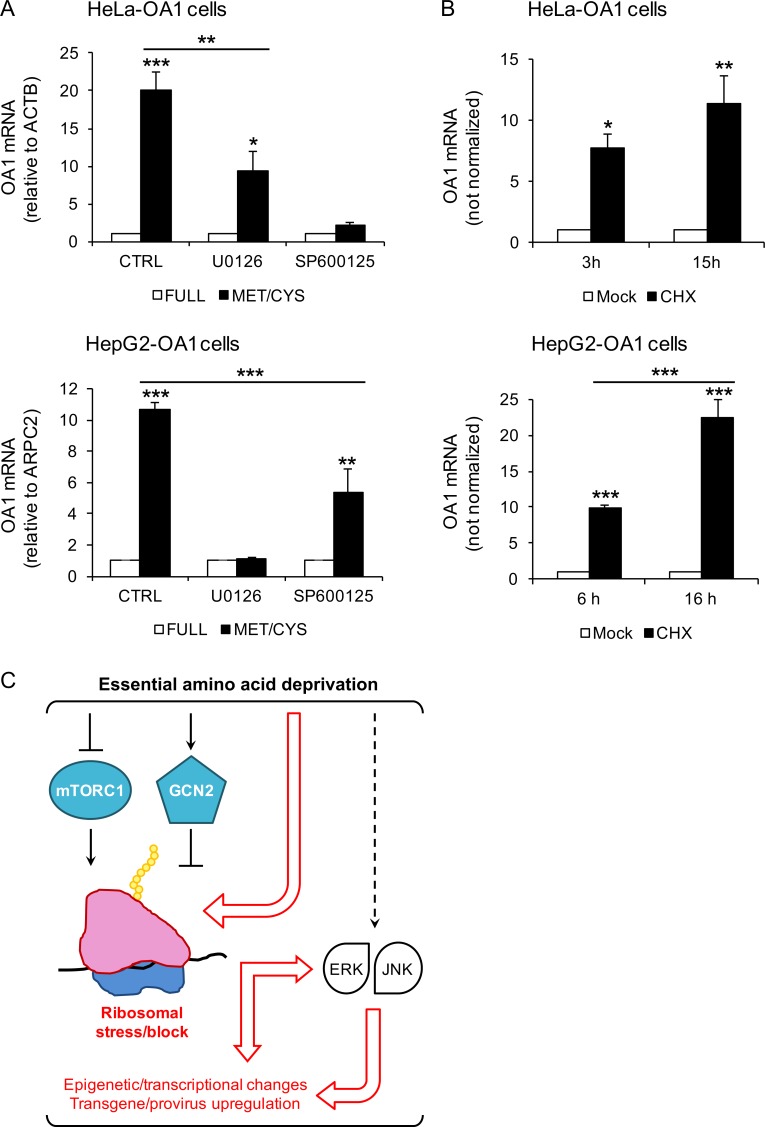Fig 9. Transgene reactivation is abolished by MAPK inhibitors, and is induced by ribosomal inhibitors.
(A) Relative transgene (OA1) mRNA abundance in HeLa-OA1 and HepG2-OA1 cells cultured in full medium or Met/Cys-deprived medium, in the presence or absence of inhibitors for MEK1/2 (U0126; 50 μM), and JNK1/2/3 (SP600125; 20–50 μM) for 24 h. For HeLa-OA1 cells data represent the mean ± SEM of 4 (CTRL and SP600125), or the mean ± range of 2 (U0126) independent experiments; for HepG2-OA1 cells, data represent the mean ± SEM of 3 independent experiments. Results are expressed as fold change vs. control (full medium = 1). *P<0.05, **P<0.01, ***P<0.001 (one way ANOVA, followed by Tukey’s post-test; P values refer to comparisons vs. control, unless otherwise indicated). Reference genes for qPCR: ACTB (actin beta; HeLa) and ARPC2 (HepG2). (B) Relative transgene (OA1) mRNA abundance in HeLa-OA1 and HepG2-OA1 cells cultured in the presence of CHX (protein elongation inhibitor; 50–100 ug/ml) for different time points, as indicated, compared to untreated control. For HeLa-OA1 cells, data represent the mean ± SEM of 3 independent experiments; for HepG2-OA1 cells, data represent the mean ± SEM of 4 (6 h), or the mean ± range of 2 (16 h) independent experiments. Results are expressed as fold change vs. control (mock = 1). *P<0.05, **P<0.01, ***P<0.001 (one way ANOVA, followed by Tukey’s post-test; P values refer to comparisons vs. control, unless otherwise indicated). Since the expression of reference genes used for normalizations change considerably upon CHX treatment (particularly at 15–16 h), the data presented are not normalized. However, comparable results were obtained by ARPC2 normalization. (C) Model for the transgene reactivation response to EAA starvation. EAA deficiency inhibits mTORC1 and activates GCN2, which attenuate general translation at different initiation steps. We propose the presence of an additional pathway (red arrows and text), thereby EAA limitation may directly lead to ribosomal stalling or delay during translation initiation (Met deficiency) and/or elongation (all EAA deficiencies), eventually resulting in epigenetic/transcriptional changes. The ERK and JNK branches of MAPKs are known to be activated during EAA starvation by yet unclear mechanisms.

